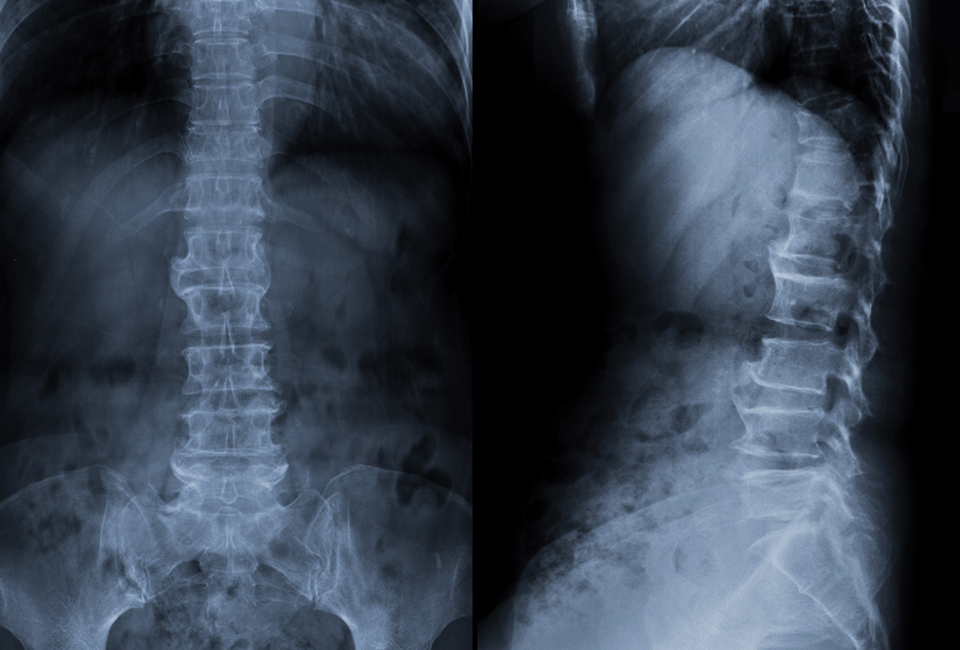CONDITIONS EXPLAINEDFailed Back Surgery Syndrome
CONDITIONS EXPLAINEDFailed Back Surgery Syndrome
Despite the name, Failed Back Surgery Syndrome is a condition in which symptoms return after a surgical procedure, often at no fault of the surgeon nor the patient. These symptoms can present immediately after surgery, or take months to develop. Somewhat of a misnomer, failed back surgery syndrome simply indicates a failure to reach desired outcomes following surgery. Frustrating for patients and physicians alike, it is estimated that between 10% and 40% of lumbar laminectomy surgeries will result in failed back surgery syndrome. In the case of discectomies, an estimated 5% to 36% of surgical patients will see symptoms return within two years. Despite these discouraging statistics, the majority of such surgeries do succeed at providing much desired relief to the patients undergoing them.
Following FBS, recurrent surgery has mixed results. 50%, 30%, 15%, and 5% are the respective successful outcomes for 2nd, 3rd, 4th, and 5th surgeries. As such, FBS patients will usually be referred to non-surgical strategies for management of their pain.
Some factors predisposing patients to failed back surgery syndrome include:
- Obesity, which complicates the process of surgery and causes excessive strain on the back.
- Smoking, tobacco use.
- Patients with chronic pain syndromes such as fibromyalgia.
- Psychological disturbances such as depression and anxiety.
In addition, some factors are dependent on the surgeon, the procedure, and post-operative complications.
- Poor candidate selection for improvement post-surgery
- Inadequate surgical planning
- Inadequate decompression providing too little space
- Excessive decompression providing too much space
- Incorrect levels of surgery, which only occur in around 2.1% to 2.7% and are more associated with minimally invasive procedures in which visibility is lower.
- Disc herniation at levels on or near the site of repair
- Adjacent segment disease, a condition in which a successful fusion causes accelerated degeneration of the level above
- Fibrosis or scar tissue around the site of surgery
- Spinal infection, occurring even in minimally invasive procedures
- Spinal balance-issues, such as sagittal imbalance
- Spinal nerve root irritation causing pain that radiates along the body
- Pseudoarthrosis, in which lack of fusion causes implanted screws to loosen

Despite the name, Failed Back Surgery Syndrome is a condition in which symptoms return after a surgical procedure, often at no fault of the surgeon nor the patient. These symptoms can present immediately after surgery, or take months to develop. Somewhat of a misnomer, failed back surgery syndrome simply indicates a failure to reach desired outcomes following surgery. Frustrating for patients and physicians alike, it is estimated that between 10% and 40% of lumbar laminectomy surgeries will result in failed back surgery syndrome. In the case of discectomies, an estimated 5% to 36% of surgical patients will see symptoms return within two years. Despite these discouraging statistics, the majority of such surgeries do succeed at providing much desired relief to the patients undergoing them.
Following FBS, recurrent surgery has mixed results. 50%, 30%, 15%, and 5% are the respective successful outcomes for 2nd, 3rd, 4th, and 5th surgeries. As such, FBS patients will usually be referred to non-surgical strategies for management of their pain.
Some factors predisposing patients to failed back surgery syndrome include:
- Obesity, which complicates the process of surgery and causes excessive strain on the back.
- Smoking, tobacco use.
- Patients with chronic pain syndromes such as fibromyalgia.
- Psychological disturbances such as depression and anxiety.
In addition, some factors are dependent on the surgeon, the procedure, and post-operative complications.
- Poor candidate selection for improvement post-surgery
- Inadequate surgical planning
- Inadequate decompression providing too little space
- Excessive decompression providing too much space
- Incorrect levels of surgery, which only occur in around 2.1% to 2.7% and are more associated with minimally invasive procedures in which visibility is lower.
- Disc herniation at levels on or near the site of repair
- Adjacent segment disease, a condition in which a successful fusion causes accelerated degeneration of the level above
- Fibrosis or scar tissue around the site of surgery
- Spinal infection, occurring even in minimally invasive procedures
- Spinal balance-issues, such as sagittal imbalance
- Spinal nerve root irritation causing pain that radiates along the body
- Pseudoarthrosis, in which lack of fusion causes implanted screws to loosen

Experiencing Symptoms of Failed Back Syndrome?
Detection & Diagnosis
Diagnosis of failed back surgery will typically be made following a recurrence of symptoms after a spinal procedure. Notably, the physician must be able to link the current problems to the original issue. Symptoms that recur years later, for example, may be attributed to regular wear and tear. Various diagnostic modalities can be useful in determining the nature of the and may include:













